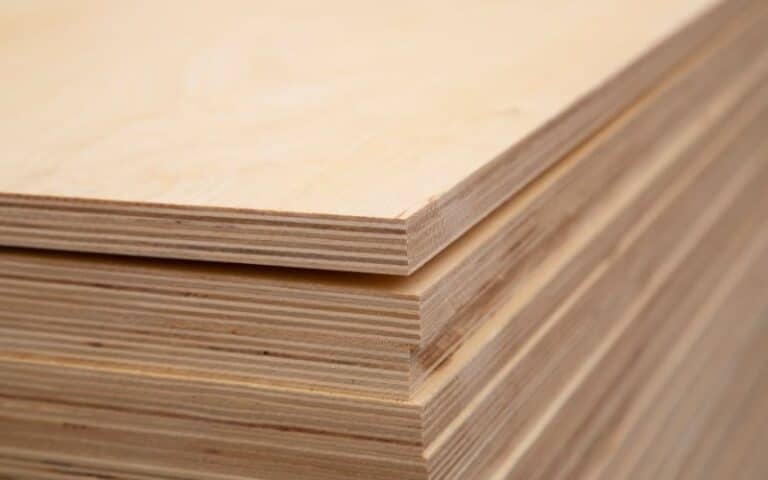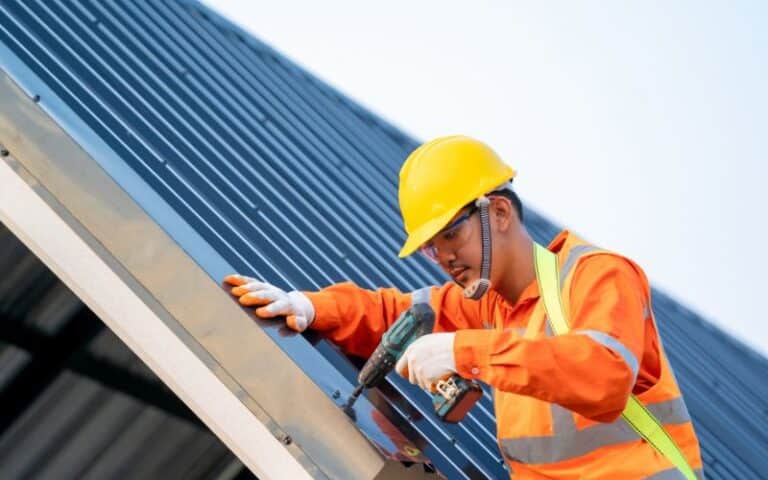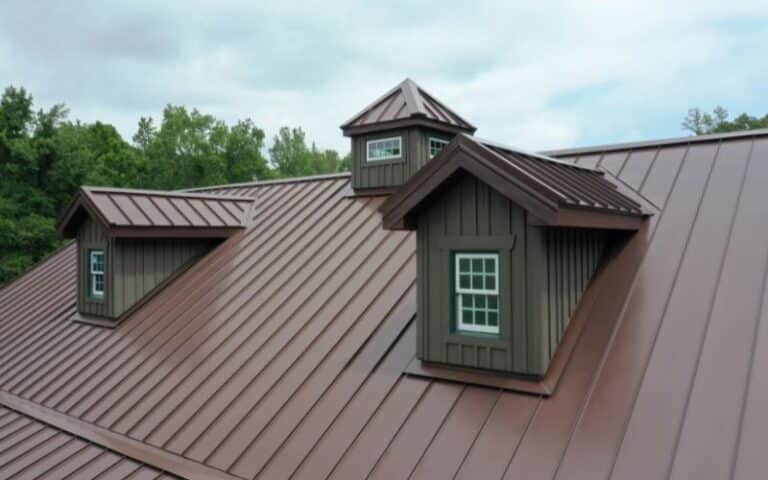Homeowners should not wait for leaks, water damage, or other roof damages to occur before performing a roof inspection. It is recommended to check the condition of your roof at least twice a year or after heavy snowfall or a storm. If you have a steep roof or you procrastinate the job because you do not feel like pulling out the ladder, there are ways you can carry out the endeavor without having to climb up and walk on the roof.
Here are three ways to check roof damages and determine if you require roof repairs or roof replacement without having to climb up a ladder:
Walk Around the House with Binoculars
All you need are binoculars, and you can perform a roof inspection to check the condition of your roof. Walk around your house and examine your roof’s flashing and trim through the binoculars. Check the area around the chimney for cracking or any other visible signs of damage.
Check if any shingles are starting to come up as it indicates loose shingles that can render your roof prone to further damage. Give all the areas of the roof a good look for signs of wear, especially the ones that are more likely to be weak.
If your roof has asphalt shingles, you need to check for any dark spots that indicate cracking of shingles and shakes. If you have wood shingles, pieces curling upwards, and those broken, missing, or split are bad signs. Damaged slate shingles are signified by missing or cracked pieces.
Inspecting Caulking and Valleys
Another way to perform roof inspection without getting up on the roof is to carry out a thorough inspection of valleys and caulking. The places where water enters the gutters after running off of the roof are valleys and good indicators of the overall condition of your roof. Accumulating water, moisture, dampness, and debris can wear out valleys more than the rest of the areas of your roof.
Similarly, the areas around your chimneys and vent pipes are also prone to deterioration. You need to check for fractured or missing caulking as well as for any cracks and gaps.
It would be best if you also inspected your eave overhangs for any signs of water damage. If you notice visible signs of damage on them, you need to seek the source of the issue.
Perform Inspection From Inside the House and From a Distance
Homeowners can perform roof inspection from inside the house by giving their ceiling a good look as well as from across the street. Walking through the interior of the house to check the ceiling for signs of water damage is a good indicator of the overall condition of the roof. Poking your head in the attic and inspecting it for symptoms of damp insulation, mildew, and leaks is also useful.
Oftentimes, many roof damages evade the eye if you try to look for them from your own yard. A perspective change is a good way to perform an inspection of the roof to identify certain issues. Cross the street and give the condition of your roof a look through a broader view.
If you notice discolored patches, missing shingles, or any other roof damages, get in touch with a roofing company for a professional roof inspection.
Lifespans of Average Roofs
Homeowners need to understand that no roof lasts forever. While roof repairs can extend the life of a roof, a roof replacement is an ultimate solution to prevent roof damages from deteriorating the structure of the house. A DIY roof inspection is a great way to gauge the condition of a roof. However, a professional roof inspection every now and then keeps you up-to-date if a requirement for certain roof repairs or a roof replacement arises.
Here are the average lifespans of different kinds of roofs:
– Stone tiles, including slate, concrete, and Terra Cotta – 35 to 75 years
– Metal roof – 45 to 75 years
– Wood shakes and shingles – 25 years
– Fiberglass or architectural asphalt shingles – 25 to 45 years
– 3-Tab asphalt shingles – 16 to 26 years
A roof that sustains damage is subjected to poor maintenance and carelessness, or was poorly installed might not last for the time periods that the above-mentioned average numbers indicate.
Regardless of the kind of roof they have, homeowners should perform a roof inspection at least twice a year to look for roof damages. Inspection of a roof on a regular basis helps mitigate the threat of structural damage and helps determine the need for roof repairs and a roof replacement before it is too late.






